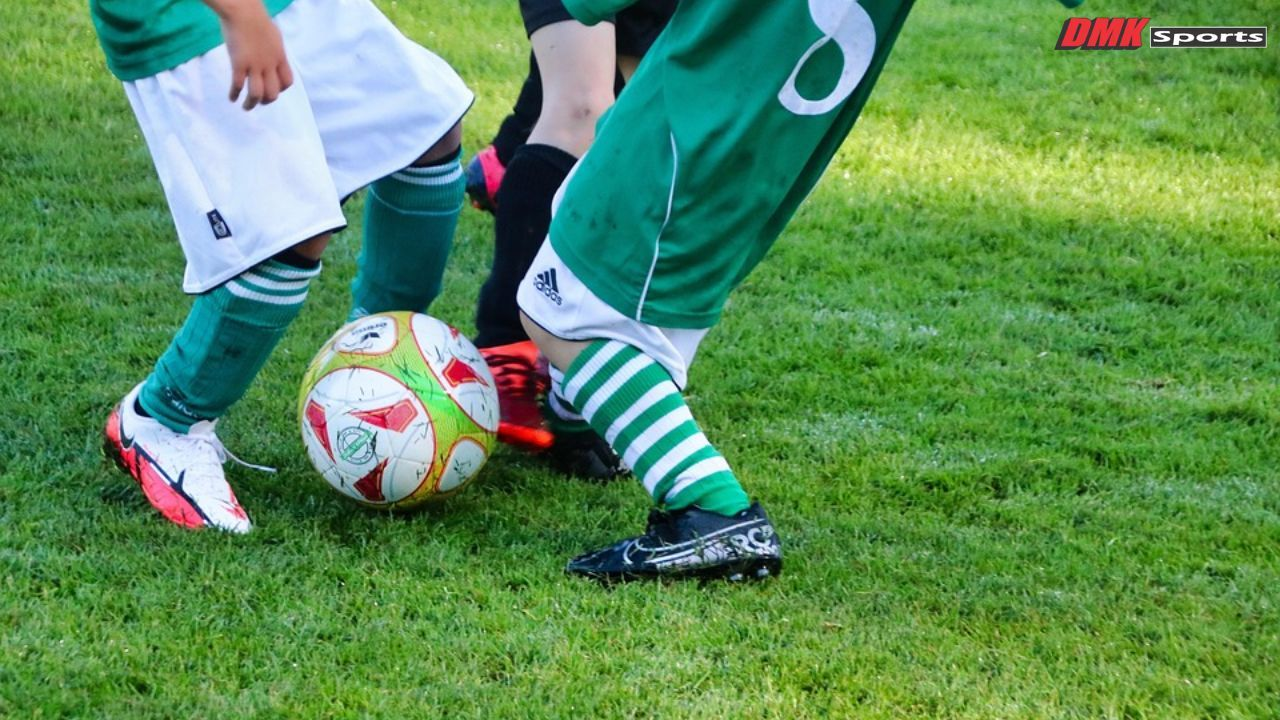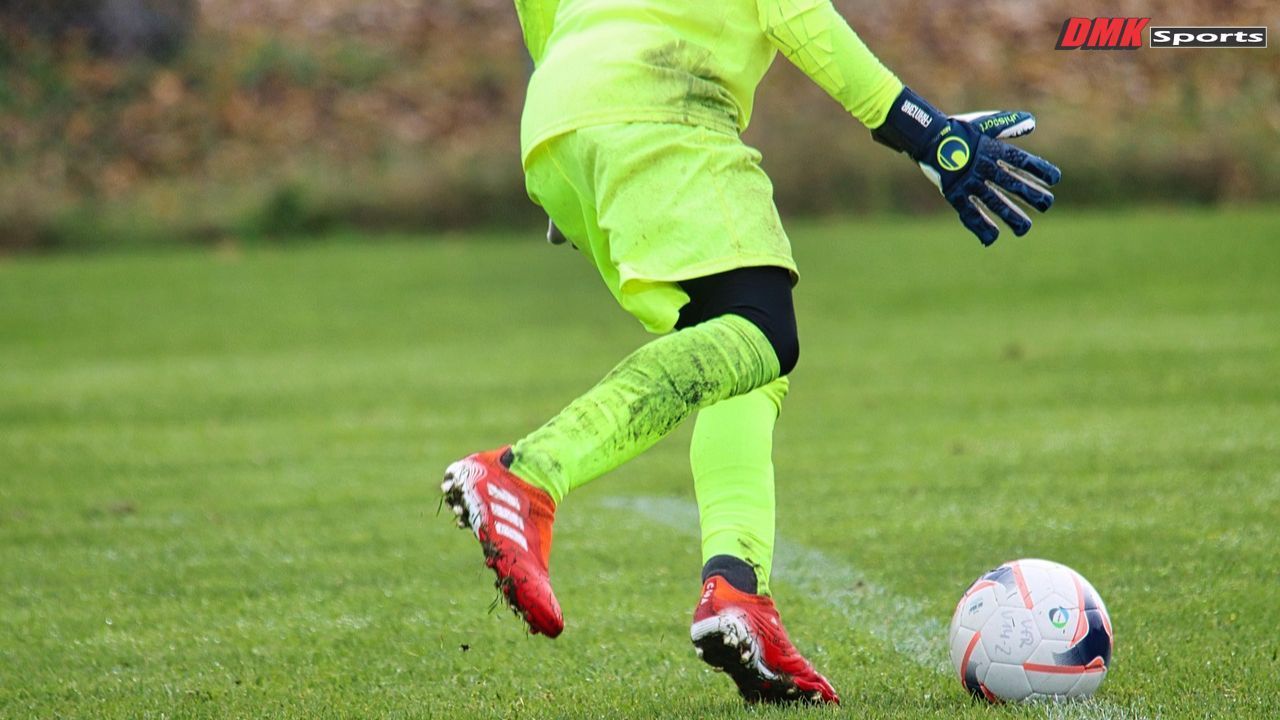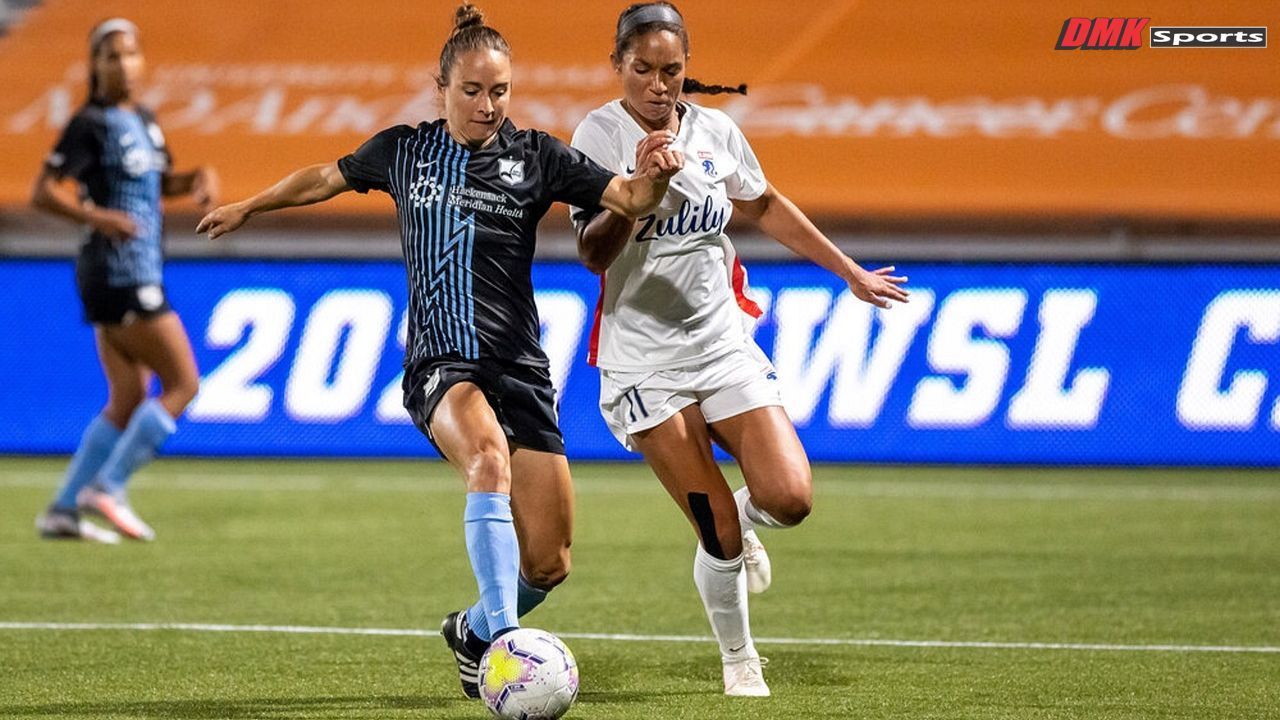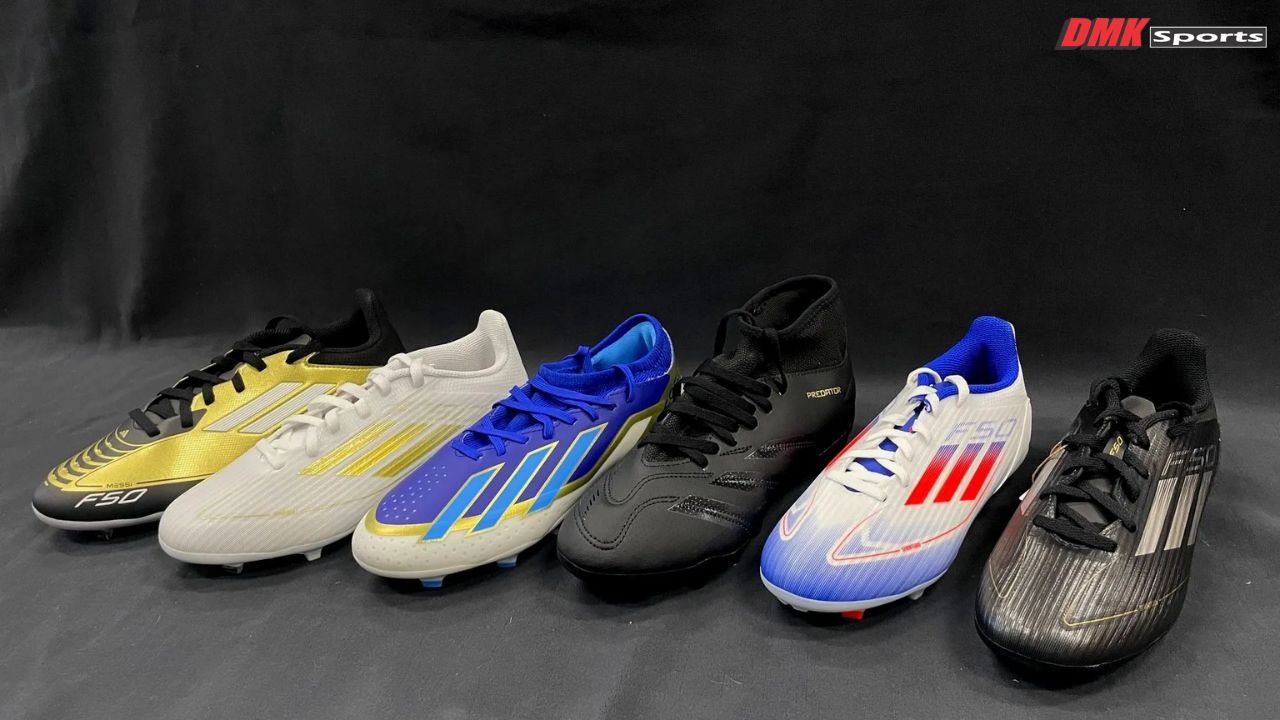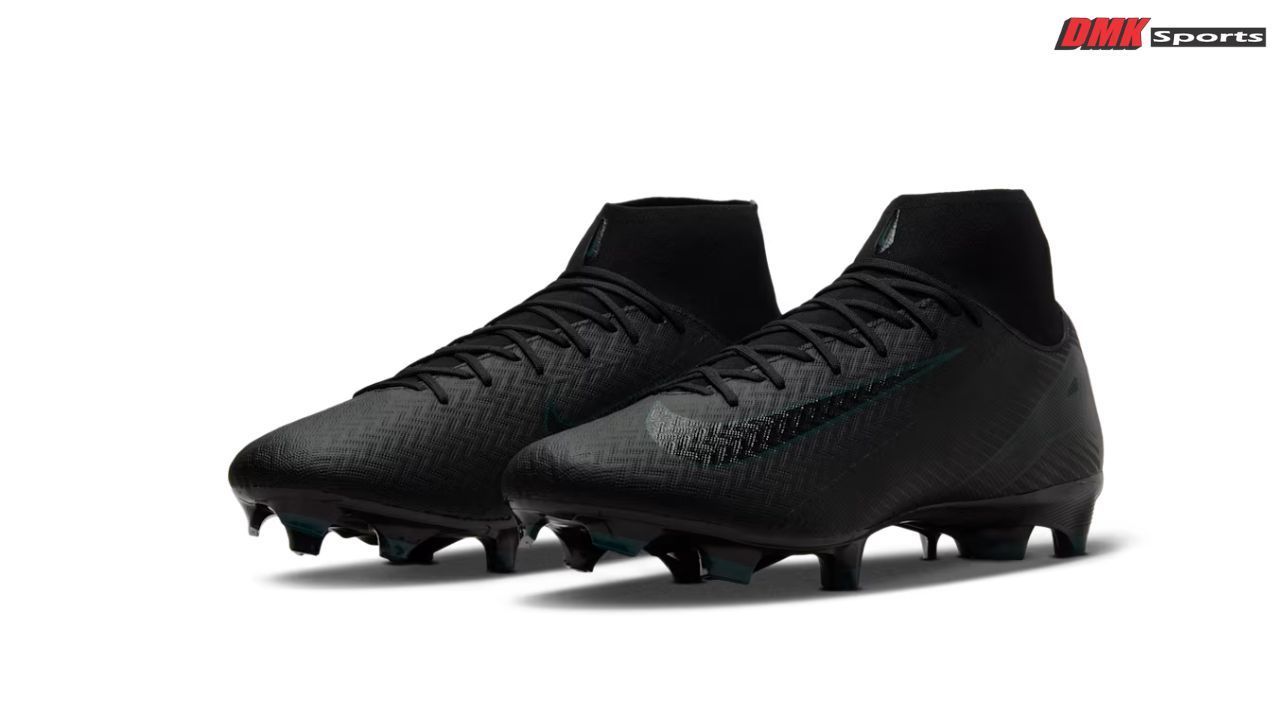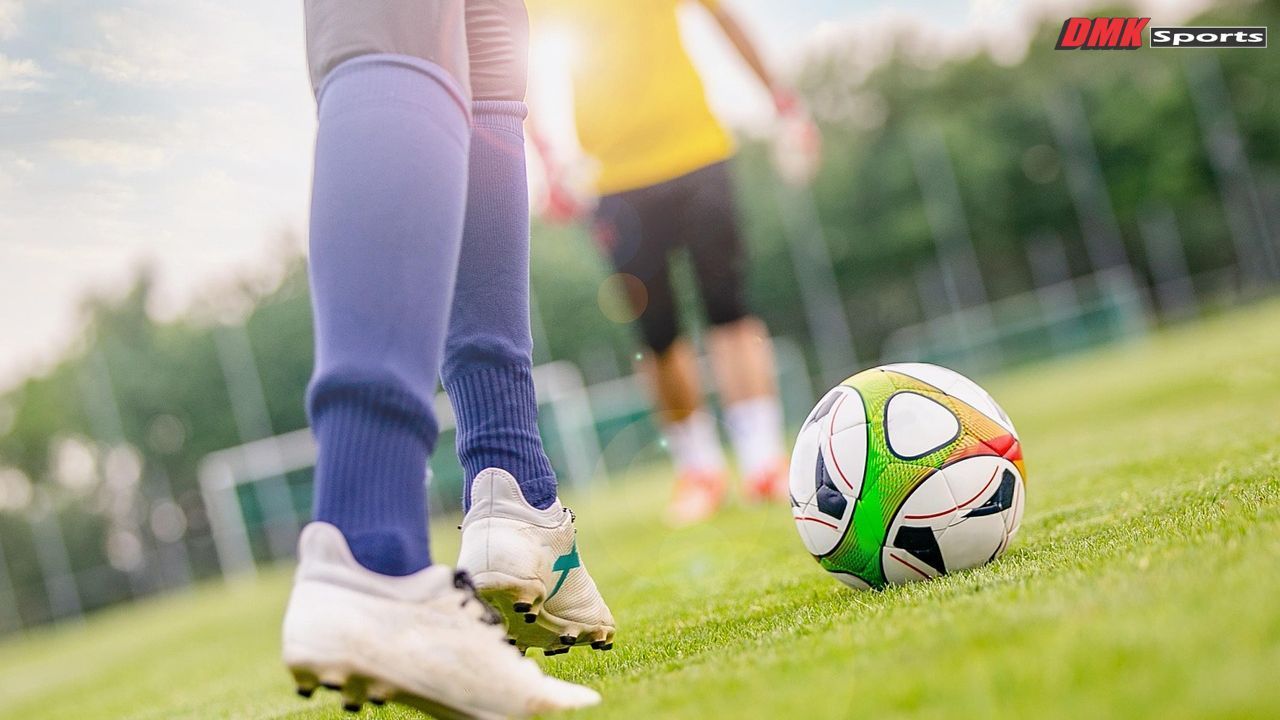Firm Ground Soccer Cleats: Complete Guide for Players
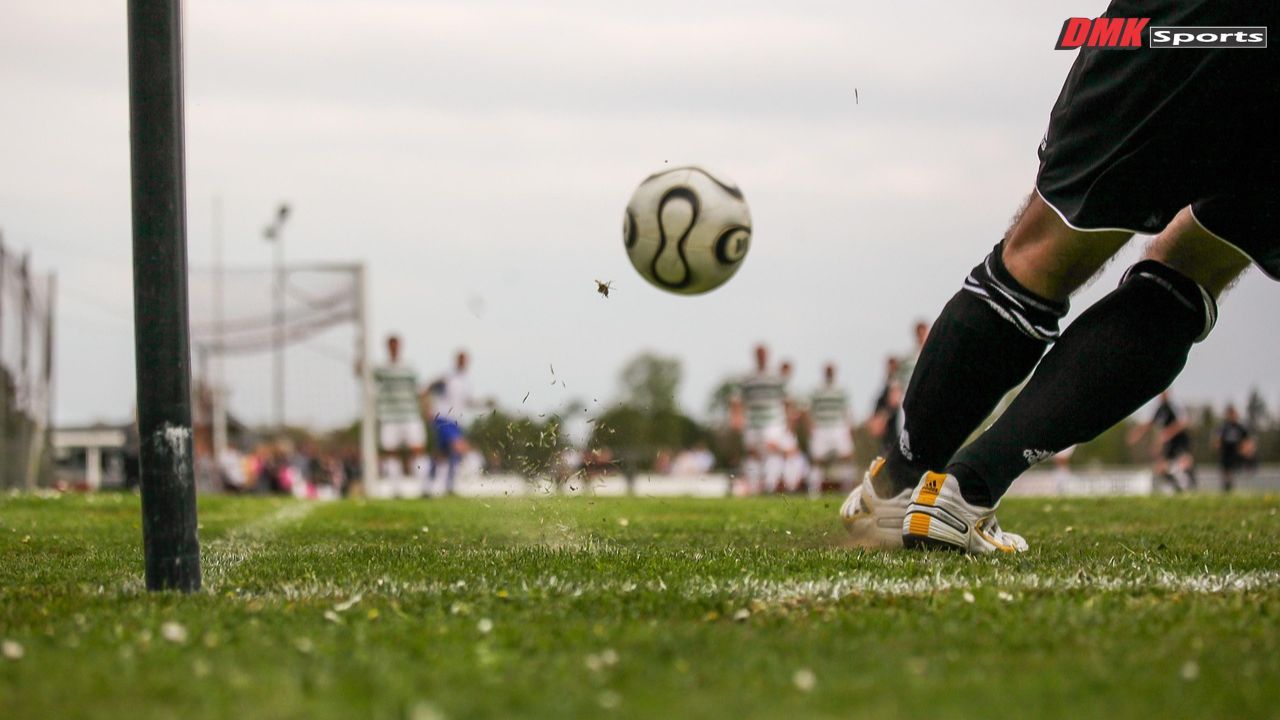
The right set of soccer cleats helps you to play with confidence and provides you an extra safety precaution on the field. Choosing the right firm-ground soccer cleats helps you become comfortable on the field and enhances performance on natural grass. These cleats are made for outdoor play, but they can be used as an all-purpose soccer cleat.
Players need cleats designed for firm fields to maintain traction, balance, and agility. You can check DMK Sports for a wide variety of firm ground soccer cleats, expert guidance, and helpful buying tips.
This guide explains key features, materials, stud types, and tips to help players select cleats that fit, helping you perform perfectly.
What Are Firm Ground Soccer Cleats?
Firm ground (FG) cleats are made for natural grass fields that are dry or slightly damp. They have molded studs that provide a stable grip without sinking too deep. These cleats allow players to sprint, pivot, and change direction efficiently.
These firm ground soccer cleats are designed with a series of shorter, plastic studs. These studs are best known to provide excellent traction and stability on natural grass fields, whether you are playing on dry or slightly damp fields.
The boots come in wide ranges, offering you the versatility of an all-purpose option suitable for a wide range of conditions on natural turf, but these boots are not recommended for use on artificial grass or muddy, wet pitches.
Key features include:
- Molded studs for steady grip on firm surfaces.
- Lightweight construction for faster movement and agility.
- Durable outsoles to withstand regular outdoor play.
Where to Buy Firm Ground Soccer Cleats
Firm ground cleats are available online and in specialty stores. Check out DMK Sports for a wide range of soccer cleats and accessories. Get the much-needed advice from experts as well to help select the perfect pair for your playing style. Always review return policies to ensure the right fit and comfort.
Difference Between Firm Ground and Soft Ground Cleats
Firm ground and soft ground cleats serve different conditions.
- Firm Ground Cleats: Molded plastic or rubber studs suit dry grass fields and provide stable traction.
- Soft Ground Cleats: Removable metal studs work best for muddy or wet fields and penetrate deeper.
Using the wrong cleat type can cause slipping, discomfort, and reduced performance.
Top Features to Look for in Firm Ground Cleats
Stud Configuration
- Conical studs support safe rotation during pivots.
- Bladed studs enhance forward acceleration and cutting movements.
- Mixed layouts provide traction, speed, and stability.
Upper Materials
- Leather: Soft, molds to the foot, and improves ball control.
- Synthetic leather: Durable, water-resistant, and maintains touch consistency.
- Engineered mesh: Lightweight, breathable, and flexible for rapid movements.
Fit and Closure
- Laces allow adjustable tightness for a secure fit.
- Hybrid laces with straps improve lockdown and comfort.
- Heel counters stabilize the foot during sudden movements.
Cushioning and Comfort
- EVA midsoles reduce impact and provide lightweight support.
- Memory foam insoles conform to foot shape for custom comfort.
- Padded collars and tongues prevent rubbing during long matches.
Weight and Agility
- Lightweight cleats reduce fatigue and improve response times.
- Materials like synthetic leather and knit uppers keep cleats light.
- Agile cleats allow quick changes in direction and faster sprints.
Choosing the Right Cleats for Your Position
Different positions in soccer require cleats designed to match their specific needs. Forwards and strikers benefit from light cleats with bladed studs, helping them make quick cuts and accelerate rapidly.
Midfielders need a comfortable fit and rotational stud patterns that support constant pivoting and movement across the field.
Defenders rely on cleats with firm heel support and durable soles for stability and powerful tackles.
Meanwhile, goalkeepers perform best in cleats that offer grip, balance, and a responsive design for sudden, agile movements.
Maintenance Tips for Firm Ground Cleats
- Clean dirt and grass after every match with a damp cloth.
- Air dry naturally; avoid heat sources that can warp materials.
- Rotate cleats to reduce wear and maintain shape.
- Inspect studs for damage and replace them when necessary.
- Condition leather cleats regularly to keep them soft and flexible.
Proper maintenance keeps cleats comfortable and long-lasting.
Common Mistakes to Avoid
- Avoid wearing firm ground cleats on soft or artificial surfaces.
- Buying oversized cleats, assuming they will stretch naturally.
- Ignoring stud patterns and choosing cleats solely for style.
- Ignoring maintenance can lead to a reduction in traction and performance.
- Using heavy cleats that decrease speed and agility.
Avoiding these mistakes ensures better performance and comfort.
Benefits of Firm Ground Soccer Cleats
- Better Traction: Molded studs prevent slipping on grass.
- Enhanced Agility: Lightweight design allows rapid directional changes.
- Injury Prevention: Stable fit reduces ankle and foot injuries.
- Ball Control: Quality uppers improve touch and passing accuracy.
- Long-Lasting Comfort: Cushioned soles reduce fatigue during long games.
Final Thoughts
The right firm ground soccer cleats are a must if you want to excel on the field, only with the right enhancement of comfort and stability can you have the best performance on natural grass.
If you’re buying a new stud, then you should focus on its layout, upper material, fit, and weight for optimal results. Be sure to visit DMK Sports, where you can find expert advice and a wide selection of high-quality firm-ground soccer cleats for every player.
You should also keep properly maintained cleats to increase speed, agility, and ball control. Choosing the correct cleats allows players to perform confidently and enjoy every match.


